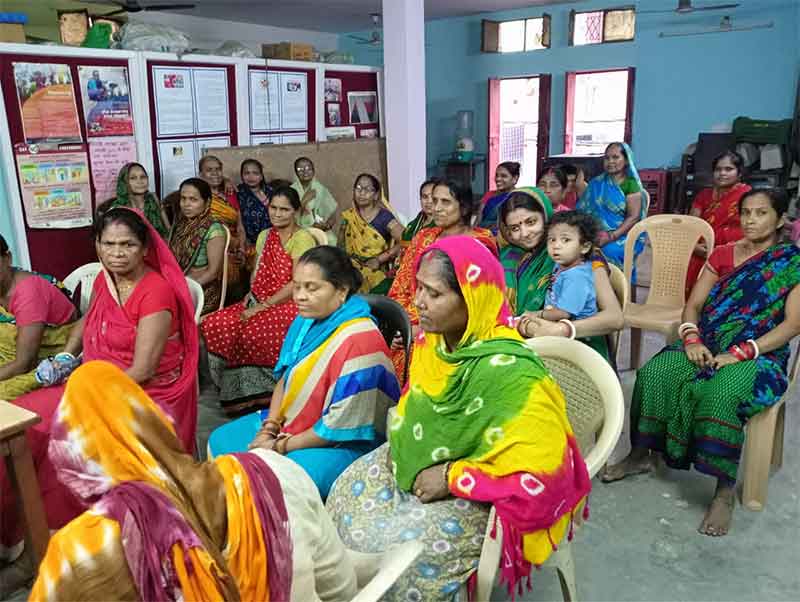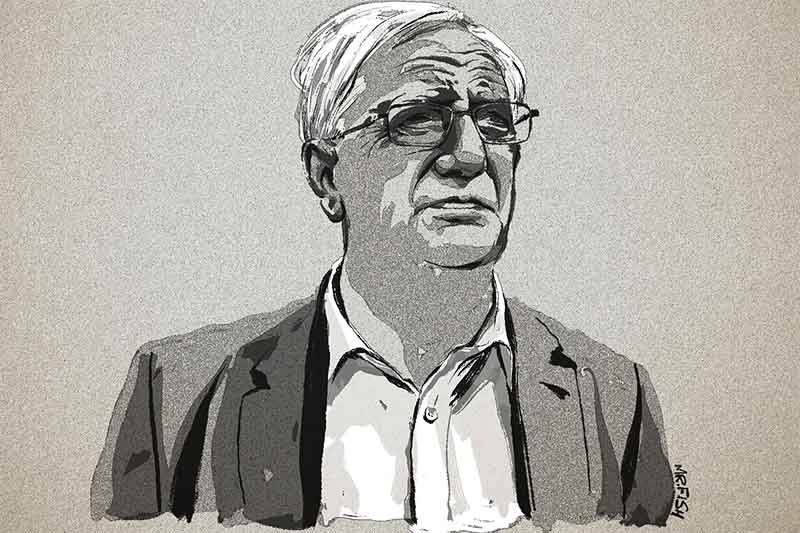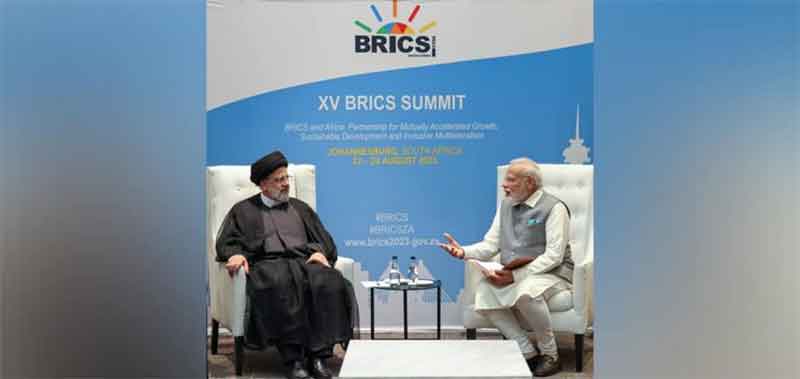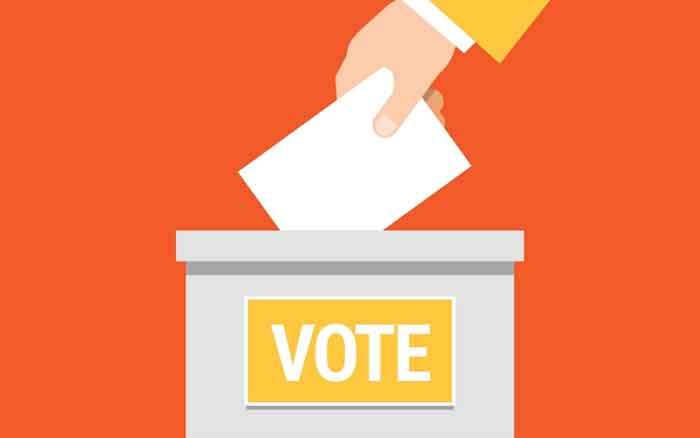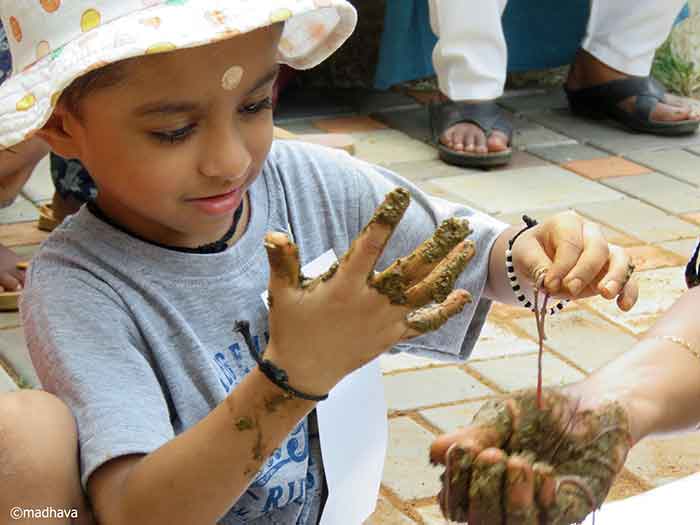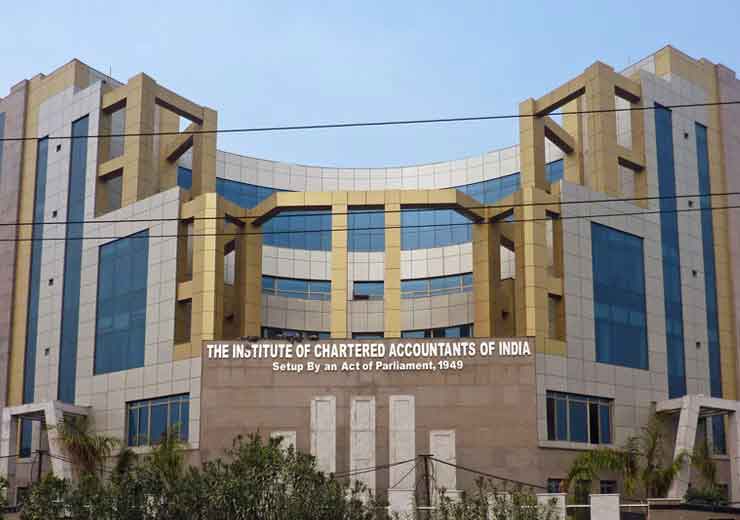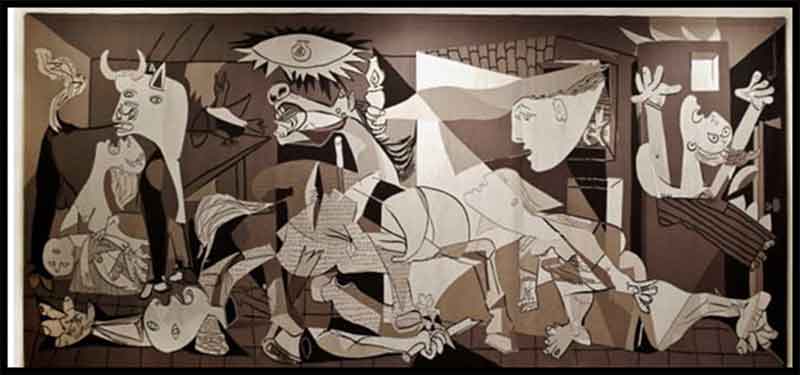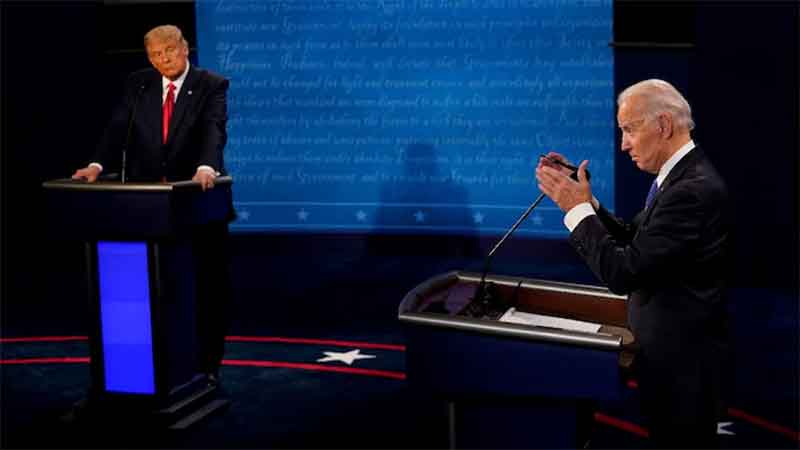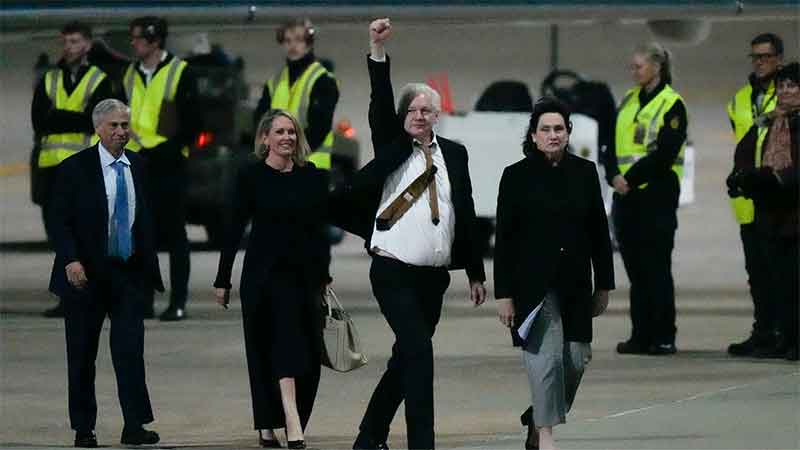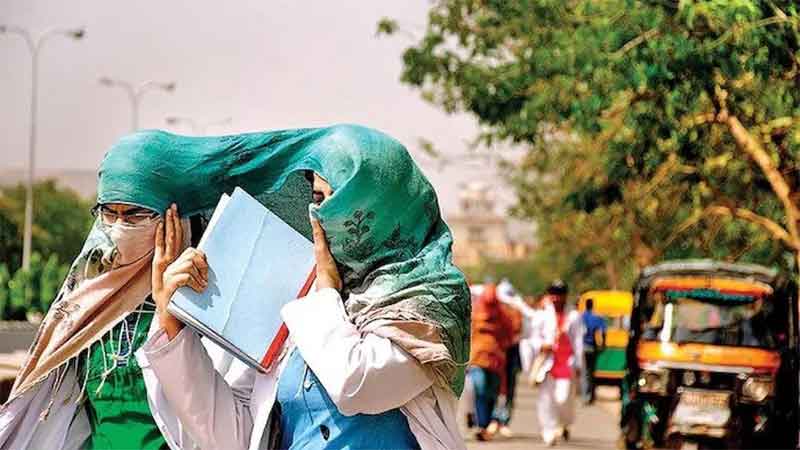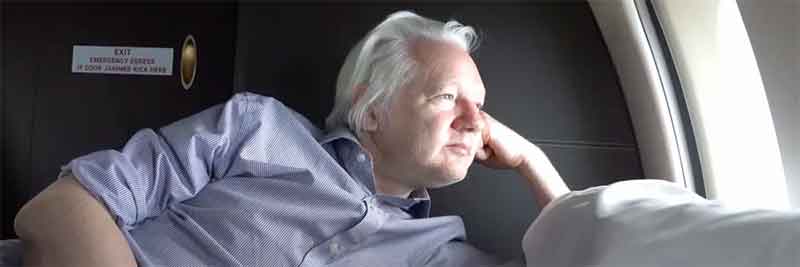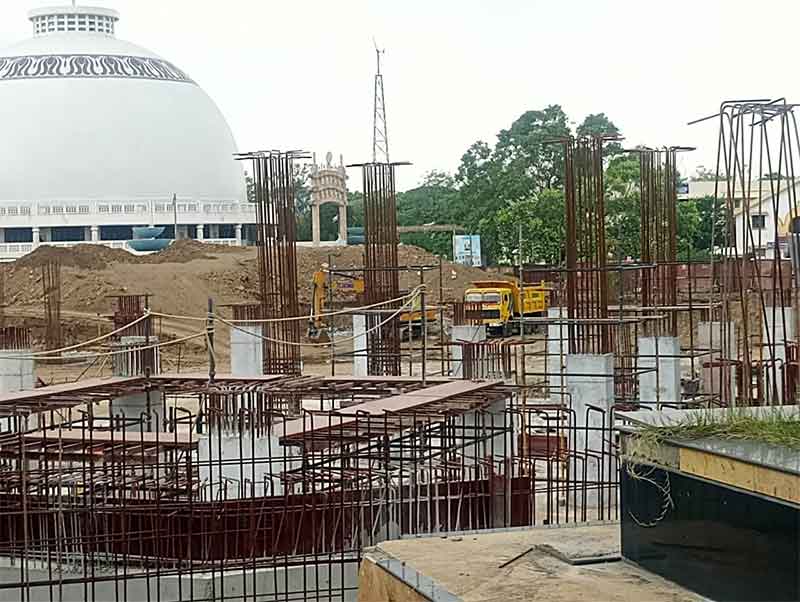
Caught amid the war are thousands of Indian students, a majority of these medical students. A large number of students go to Ukraine who are in the news these days. Others go elsewhere. There are several reasons as we will see. Many, though not all degrees\ are recognised across the world, including by the World Health Organization (WHO), European Union, and the US. China, Azerbaijan, Russia, the Philippines and even Bangladesh are some of the favoured destinations for Indian students and it is estimated that 20,000-25,000 students go abroad to study medicine every year.
Prime Minister Narendra Modi raised the matter while inaugurating a webinar on 26 February on budget announcements for the health sector.“Our children today are going to small countries for study, especially in medical education. Language is a problem there. They are still going…Can our private sector not enter this field in a big way? Can our state governments not frame good policies for land allotment regarding this,” he said.
Unfortunately, the government has often pursued policies that have kept the medicine sector hobbled. Though undergraduate seats and postgraduate seats have increased by 72 percent and 78 percent respectively since 2014 and will further increase by some numbers over time, this will not be enough to produce the numbers that India needs and to satisfy the demand.
There are layers within layers when it comes to the classification of medical seats in India. India has approximately 300 medical colleges producing 30,000-35,000 graduates every year, whereas the need is that of 500 new medical colleges, producing one million doctors every year. The doctor-patient ratio of 1:1655 in India as against the WHO norm of 1:1000 clearly shows the deficit of MBBS. While the government is working towards a solution and targeting to reach the required ratio, there is a need to have a relook at the overall medical education. There are 88,120 Bachelor of Medicine Bachelor of Surgery (MBBS) seats and 27,498 Bachelors of Dental Surgery (BDS) seats available in India, according to data shared by the health ministry in Parliament while replying to a question in December 2021. In comparison, 1.6 million candidates had registered for the National Eligibility cum Entrance Test (NEET) last year. In 2020, the figure stood at 1.3 million.
At the basic level, there are two kinds of seats on offer- government seats and seats in the private sector. Under government, there are seats exclusively with Central government (where Centre’s quota policy is followed and 60 percent seats are reserved), seats in All India Quota which is a pool formed after states surrender 15 percent of the seats in colleges that come under them (here, only SC/ST quota was followed until the Modi government introduced the OBC quota last year) and then there are 85 percent seats with the state governments who follow their own quota policies and give admissions to their domiciles (with Tamil Nadu having the most reserved seats). A little over half the seats are in government colleges, which can be cheap, but unless one has a very high NEET score, it is extremely difficult to get into it. Even government quota seats in private medical colleges, which are relatively more affordable than management quota seats, require a higher NEET score.
That leaves the private sector. This could have been a useful partner for the government where the latter could focus on giving quality medical education to economically and socially backward at affordable prices by catering to those who missed out on government seats. But the private sector is also hobbled by two chief problems. First is artificial scarcity that has been ensured for decades because it’s extremely hard for genuine edu-preneurs to open medical colleges thanks to suffocating regulations – one requires hundreds of crores of initial investment, annual license approvals, the requirement of setting up various teaching departments, setting up an attached hospital with a certain number of beds, more approvals to even add seats/beds in already functioning colleges/hospitals, etc to name just a few. These costs are then recovered from students as fees.
When the Modi government junked the Medical Council of India and replaced it with National Medical Commission (NMC), it had a historic opportunity to bring a transformational change. Not only it didn’t do that, but it has also issued exhaustive guidelines for regulating fees for 50 percent of seats in private medical colleges which will be forced to charge fees equal to what the government colleges do. The government thinks that it is helping subsidise seats for 50 percent of students studying in private colleges but has lost sight of the fact that colleges will be forced to increase the fees for the remaining 50 percent seats by a huge amount.
The sum total is that it is a lot easier for Indians to go abroad and study medicine if one is unsuccessful in getting a seat in a government medical college than bleed by enrolling in many of the private colleges. Aspiring students from even middle-class families do not have the financial means to pay the hefty fees of private colleges. Abroad, apart from the cost of education itself being low, it is also a lot less competitive to secure a seat. Many countries meet students halfway by offering courses in English or providing language courses in Mandarin or Russian as the case may be.
Needless to say, in a globalised world, exposure to a foreign language, country and culture are always beneficial. On the contrary, the question of medical education in India has long needed reform in spite of the huge fees charged. The system has been following the teacher-centric pattern which does not deploy advanced technologies in medicine as much as developed countries. Indian medical education still lacks to teach the students a holistic understanding of the subject and does not focus more on Evidence-based and research-based education. The world is witnessing disruptions in the medical field and new domains of medical sciences but the Indian syllabus remains the same or is regressing. To give an example, in an announcement made on February 25th, the Madhya Pradesh government announced that it is set to offer the Bachelor of Medicine and Bachelor of Surgery (MBBS) course to medical aspirants in Hindi medium in one of its medical colleges from the next academic year? Need one say more about why medical education abroad may not just be cheaper but even better?
Dr Shantanu Dutta , a former Air Force doctor is now serving in the NGO sector for the last few decades.




